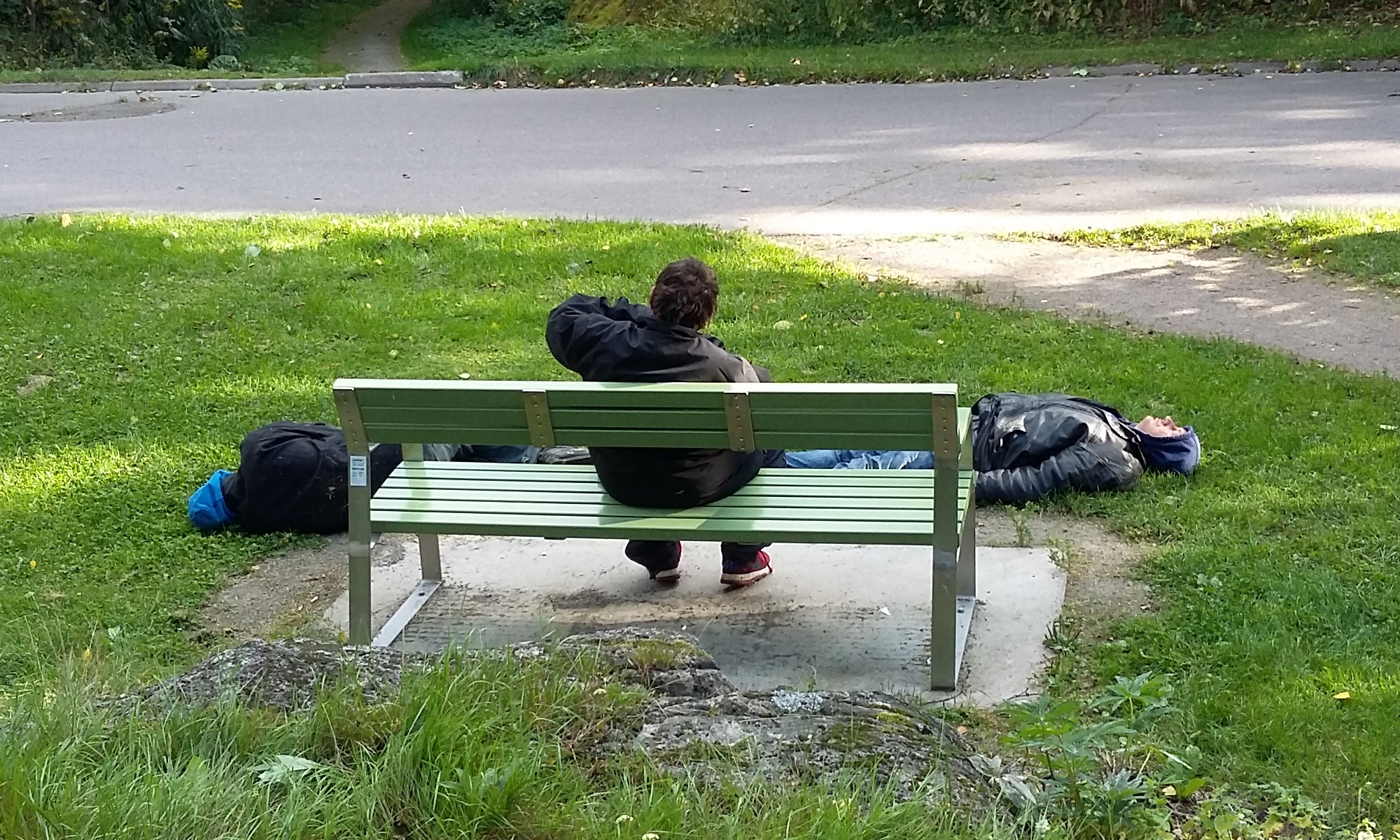By Elaine Banks
Segment of a commentary about Intercultural spaces.
The eastern part of Helsinki, for example, where a big portion of the residents are of foreign background, is seen as a “no-go” zone by many, some likening it to a “ghetto”. Having grown up in these parts I feel a strong connection to it, and while I don’t represent the majority of the residents and their needs, I feel strongly for their well-being and want to see eastern Helsinki’s public spaces reflecting its people’s lives. The fact that seemingly no-one belonging to this community has been called in to take part in the decision making and planning is problematic.
This becomes clear when you take a look on the open competition the city of Helsinki recently held for ideas on how to improve the area of Itäkeskus, for example. From a quick reading of the competition’s guidelines, the area’s multicultural spirit is recognized as a strength and as something of value, but only as a very abstract phenomenon. The absence of the multicultural inhabitants is very visible within the planning process in nearly all competition entries. I think the exclusivity of the competition is also reflected in the name of the winner entry, JALAN JALOIN, which works as an example on this type of play with the Finnish language very present in a lot of other Finnish architectural design titles, but for anyone outside of these circles it can easily sound like pointless gimmickry with the language. Also a quick scan of the illustrative renderings, which show mainly white people in a highly futuristic setting, also inadvertently show who is considered as a relevant part of the area’s future.
In a place like Itäkeskus where planners could very well choose to benefit from the heterogenous group of people inhabiting the area and offer a fertile ground where ideas can flourish, stemming from the people’s needs, wants, and hopes for the future of the area, they choose not to, instead rendering the place with a superficial identity of their orchestrating. As (future) space planners, whenever we’re given the privilege of getting to plan public spaces which affect people’s lives, it’s within our responsibility to carefully examine whose needs are being met and why and who is being excluded from the planning process.
